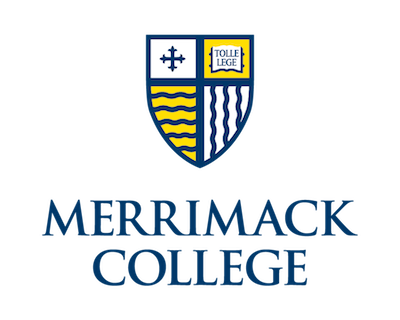Below is a summary of the abstract you submitted. Presenting author(s) is shown in bold.
If any changes need to be made, you can modify the abstract or change the authors.
You can also download a .docx version of this abstract.
If there are any problems, please email Dan at dar78@pitt.edu and he'll take care of them!
This abstract was last modified on May 2, 2018 at 3:44 p.m..

Four Mycobacterium smegmatis bacteriophage, Emmina, Halena, Noella, and MadMarie, were discovered in soil samples collected at various locations across the Merrimack College campus in North Andover, MA during fall 2017. All four are temperate phage, each possessing either a serine or tyrosine integrase, and yielding turbid plaques that vary in size. All phage particles display siphoviridae morphology. Emmina, a cluster E phage, was discovered near the Mendel Pond and has the largest genome of the four phage, with a length of 75,299 bp. It is closely related to Upie, 244, and Hopey, which was also discovered on the Merrimack College campus. Halena is assigned to cluster L1 and has a genome length of 73,871 bp. Its closest relatives are Acquire49, Wyatt2, Tyson and Silverleaf. Noella and MadMarie are both A3 cluster phage. Noella has a 50079 bp genome and produces 3-4 mm turbid plaques with a clear center. MadMarie has a genome length of 50,849 and produces similar sized, but more turbid plaques. Although the genomes of the A3 phage are 92% identical throughout, they diverge in the central portion that contains the integrase gene, and other genes with no assigned function, as well as at both ends of their genomes. These A3 phage are related to Texage, another Merrimack discovery. The two major classes of integrases are represented among the four phage. Emmina, Halena and MadMarie all have tyrosine integrases, but from three different phams. Noella and the previously described Texage both contain a serine integrase from the same pham. Sequence comparisons in the integrase region between genomes in the A3 cluster reveals that the nucleotide sequence conservation that is found within the integrase genes is also maintained in the non-coding upstream region, which may contain putative attP sites.

